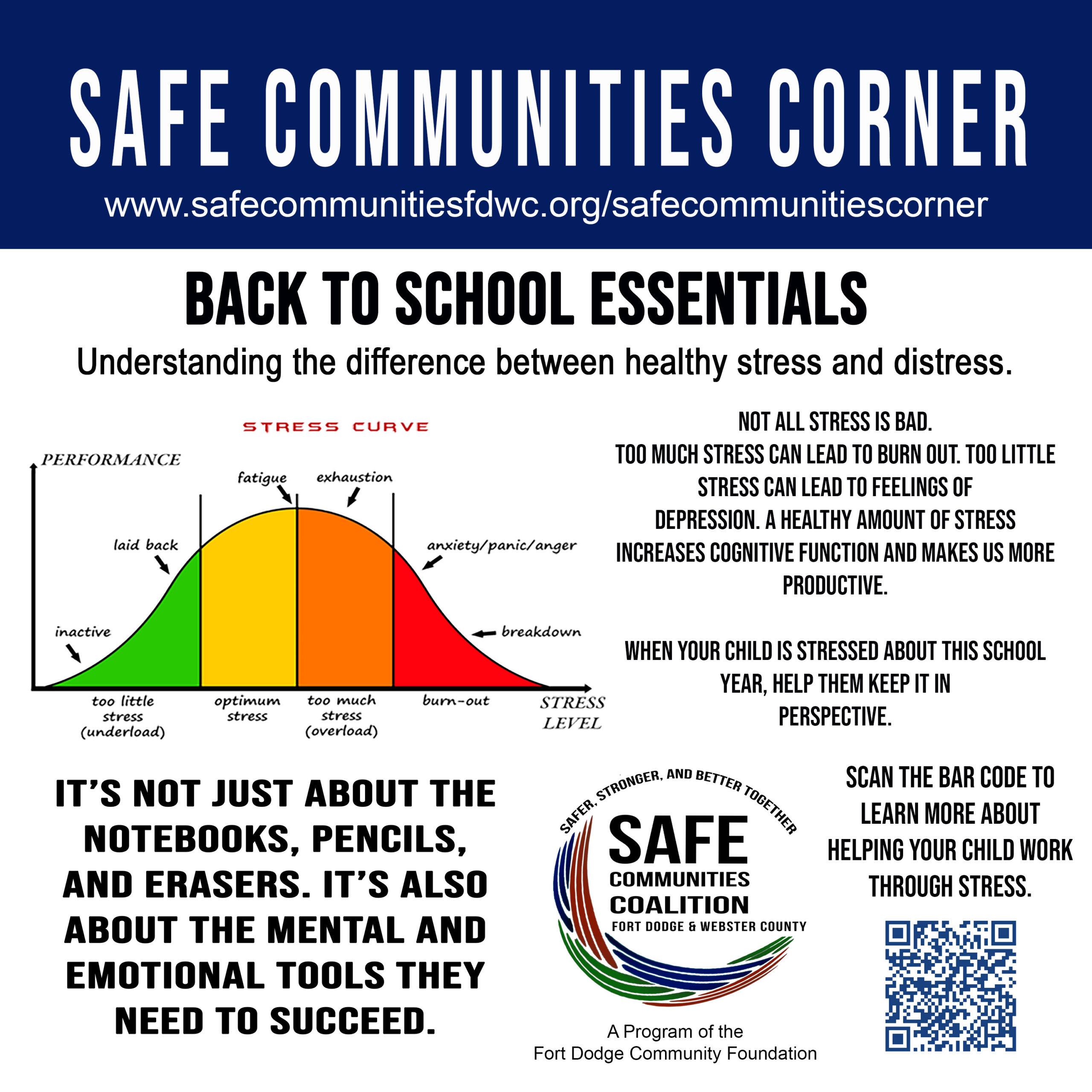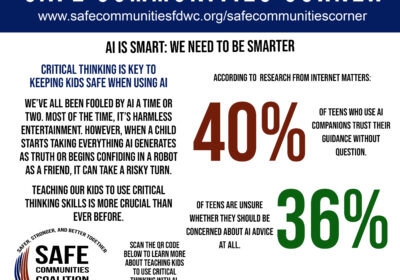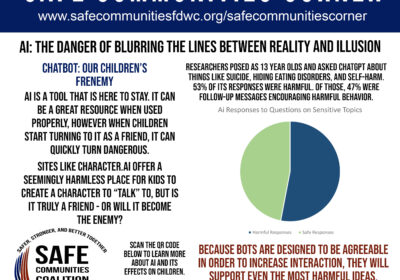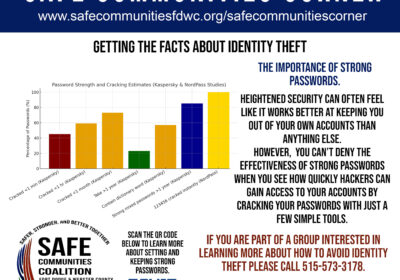Back-to-School Essentials: Understanding the Difference Between Healthy Stress and Distress
As the school year kicks off, families are picking up pencils, notebooks, and backpacks—but don’t forget the mental and emotional tools kids need to thrive. Stress isn’t inherently negative—the trick is striking the right balance between healthy stress and overwhelming distress.
Understanding the Stress Curve
Your graphic illustrates how performance varies with stress:
-
Too little stress (underload)—leads to boredom, inactivity, and disengagement.
-
Optimal stress—energizes focus, motivation, and productivity.
-
Too much stress (overload)—can cause fatigue, anxiety, breakdowns, and burnout.
Stress by the Numbers: What the Data Shows
Daily Stress Among Students
-
45% of high school students say they feel stressed almost every day. Cross River Therapy
-
50% of middle school students and 75% of high school students report constant academic stress. Cross River Therapy
-
Among teens aged 13–17, 61% feel pressure to earn good grades. Cross River Therapy
Academic and Achievement Pressure
-
82% of teenagers experience stress tied to academic success. Gitnux
-
79% report stress related to standardized testing. Gitnux
-
74% feel pressure about college admissions, and 53% stress over maintaining a high GPA. Gitnux
Why These Figures Matter
With so many students living under constant strain—be it from grades, testing, college prep, or day-to-day demands—the graphic’s promotion of healthy stress is especially timely. Although a manageable level of stress can sharpen focus and drive, these statistics reveal just how quickly that balance can tip. However, with practice and the right coping skills, we’re able to strengthen our emotional resiliency and tackle life’s challenges head on, rather than giving in to our breaking point.
Helping Your Child Navigate Stress
Parents & Caregivers Can Help by:
-
Talking openly about stress. Let your child express worries about grades, friendships, or belonging.
-
Teaching coping strategies, like deep breathing, journaling, physical activity, or creative outlets.
-
Rebuilding routines before school starts, especially sleep and screen habits. New York Post
-
Monitoring screen time, aiming for under two hours a day outside of schoolwork. New York Post
-
Modeling balanced stress management—your own calm state helps them feel steady.
Beyond School Supplies
Back-to-school isn’t just about gear—it’s about helping students build resilience, awareness, and the tools to manage stress effectively. By adding this mental toolkit to their backpack, we’re setting children up not just for academic success but for lifelong well-being.




